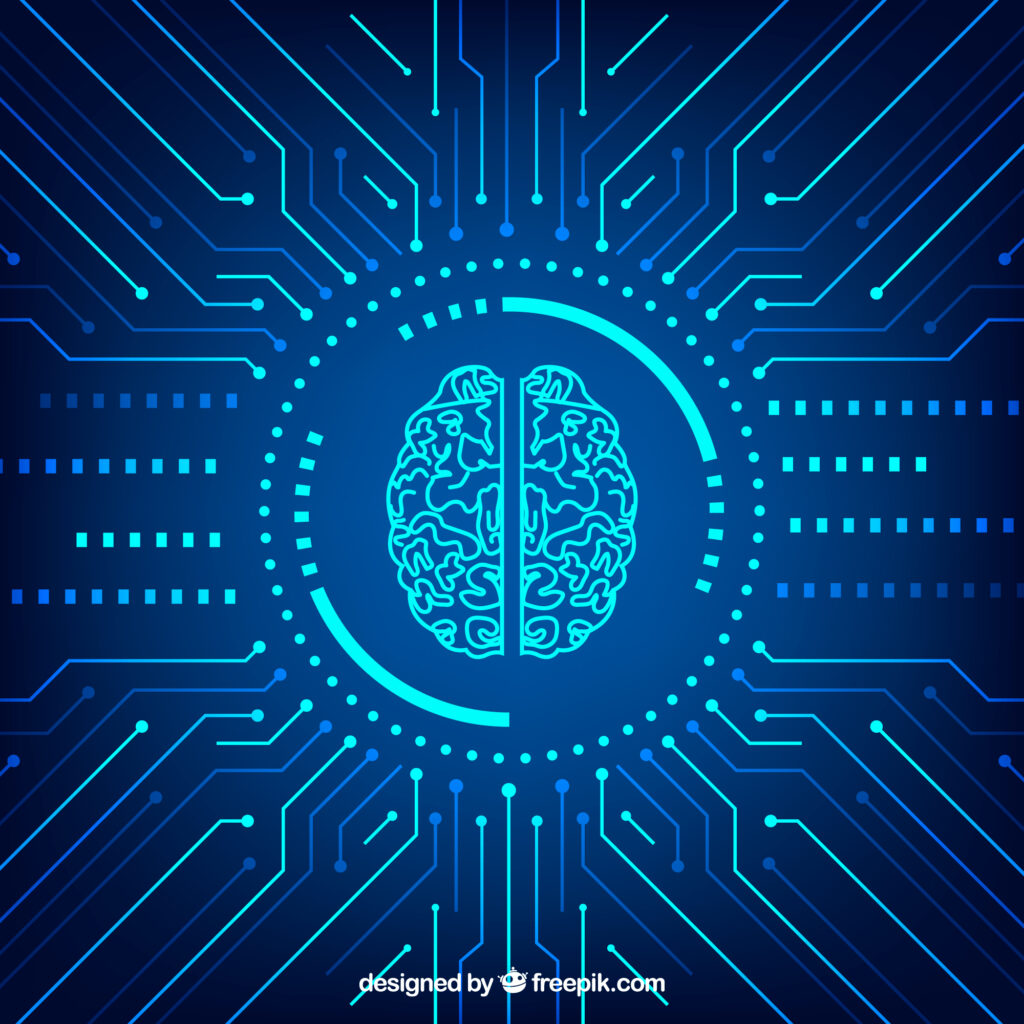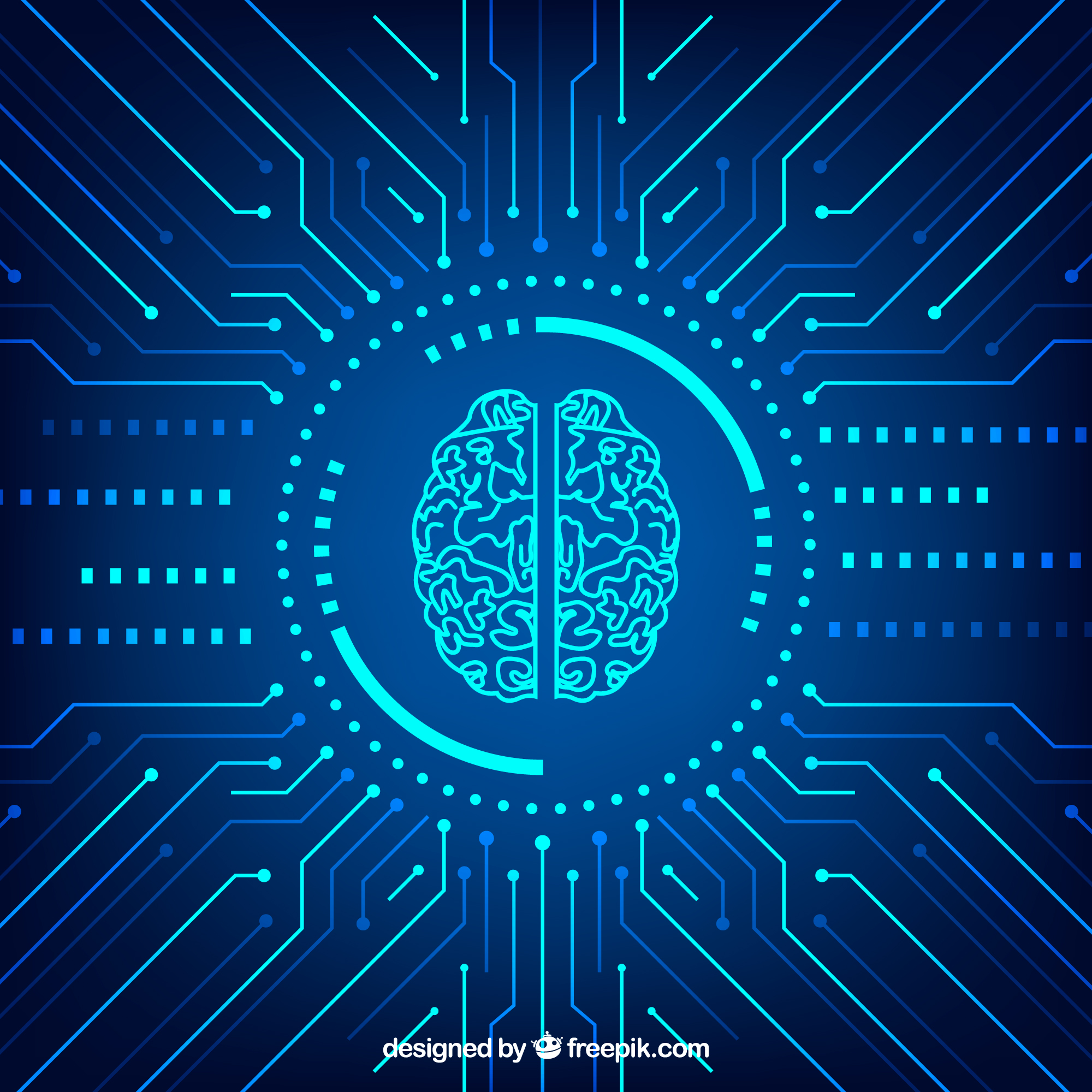In the realm of cutting-edge technology, Machine Learning (ML) stands tall as one of the most transformative and powerful tools available. With its vast array of applications, Machine Learning has become an indispensable part of various industries, revolutionizing the way we interact with technology and data. This article aims to demystify Machine Learning, explore its wide-ranging applications, and shed light on its inherent limitations.

Understanding Machine Learning
Machine Learning is a subset of artificial intelligence (AI) that empowers computers to learn and improve from experience without being explicitly programmed for every task. Unlike traditional rule-based systems, ML algorithms can analyze vast amounts of data, recognize patterns, and make decisions with little human intervention.
The Core Principles of Machine Learning:
Data Collection and Preparation: The foundation of any successful ML project lies in high-quality data collection and its effective preprocessing. Clean and relevant data ensure the accuracy and efficacy of ML algorithms.
Training the Model: During the training phase, ML algorithms learn from the data provided to make predictions and decisions. This learning process involves adjusting internal parameters to minimize errors.
Testing and Evaluation: After training, the model is tested on new data to assess its performance and generalization capabilities. Regular evaluations are essential to maintain the model’s accuracy over time.
Deployment and Continuous Learning: Deploying the ML model into real-world applications allows it to gather new data and further refine its predictions, ensuring continuous learning and improvement.
Applications of Machine Learning:
Machine Learning’s versatility has led to widespread adoption across various industries, yielding remarkable advancements and innovations. Some key applications include:
1. Natural Language Processing (NLP): NLP enables computers to comprehend, interpret, and generate human language. It powers virtual assistants, language translation tools, sentiment analysis, and text summarization systems.
2. Image and Video Analysis: ML algorithms can recognize objects, detect patterns, and categorize images and videos. This has found applications in facial recognition, self-driving cars, medical imaging, and surveillance systems.
3. Recommendation Systems: ML-driven recommendation engines suggest personalized products, services, or content based on user behavior and preferences. Popular examples include Netflix’s movie recommendations and Amazon’s product suggestions.
4. Healthcare: Machine Learning has revolutionized healthcare, assisting in disease diagnosis, drug discovery, patient risk prediction, and medical image analysis. It enables early detection and personalized treatment plans.
5. Finance: In the financial sector, ML is employed for fraud detection, credit risk assessment, algorithmic trading, and market trend analysis. It helps institutions make data-driven decisions and minimize risks.
6. Marketing and Customer Service: ML allows marketers to analyze customer behavior, segment audiences, and optimize marketing campaigns for better targeting. It also powers chatbots, enhancing customer service experiences.
7. Environmental Monitoring: ML can analyze large datasets from satellites, sensors, and weather stations to predict natural disasters, monitor environmental changes, and support conservation efforts.
8. Gaming and Entertainment: In the gaming industry, ML techniques are used for character behavior modeling, procedural content generation, and creating dynamic and immersive gaming experiences.
Limitations of Machine Learning:
While Machine Learning holds immense potential, it also comes with certain limitations and challenges:
1. Data Dependency: The performance of ML models heavily relies on the quality, quantity, and relevance of training data. Biased or incomplete datasets can lead to biased or inaccurate predictions.
2. Overfitting and Underfitting: Overfitting occurs when a model is excessively trained on specific data and performs poorly on new data. Underfitting, on the other hand, happens when the model is too simplistic and fails to capture complex patterns.
3. Lack of Explainability: Deep learning models, in particular, often lack transparency, making it challenging to understand how they arrive at specific decisions. This “black-box” nature raises concerns in critical domains like healthcare and finance.
4. Ethical Concerns: Machine Learning systems can inherit and perpetuate biases present in the training data, leading to unfair or discriminatory outcomes. Ensuring ethical use of ML remains a significant challenge.
5. Computational Resources: Training sophisticated ML models can be computationally intensive and time-consuming, requiring significant hardware resources, which may be a barrier for some organizations.
6. Security Risks: ML models can be vulnerable to adversarial attacks, where malicious actors manipulate inputs to mislead the model’s predictions.
7. Continuous Learning and Adaptation: Developing ML systems that can effectively adapt to new data and evolving circumstances remains a complex challenge.
Conclusion
Machine Learning is undeniably a game-changer, revolutionizing industries and empowering technology like never before. Its applications have reshaped the world, enhancing efficiency, productivity, and decision-making processes. However, as we delve deeper into the world of ML, it is crucial to remain mindful of its limitations and work towards addressing ethical concerns. With ongoing research, collaboration, and responsible development, Machine Learning will undoubtedly unlock even more possibilities, shaping a better future for humanity.
Related Articles:
1. What Is Machine Learning? Definition, Types, Applications
2. Deep Learning vs Machine Learning
3. Machine Learning: Algorithms, Real-World Applications




